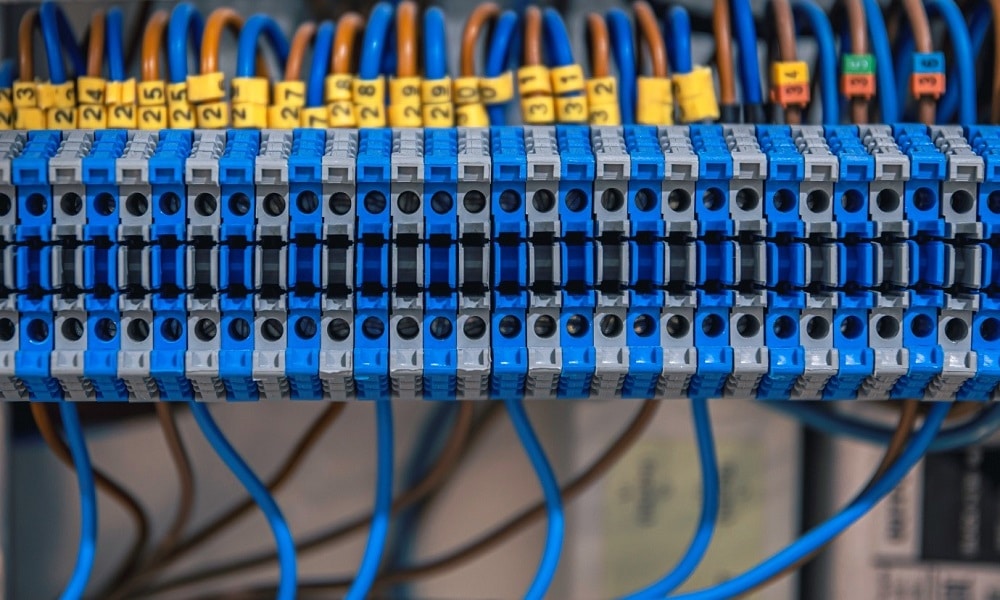From data transfer to cloud computing and unified communications, the speed and consistency of network connectivity directly affect how efficiently your enterprise operates. Yet many organizations underestimate the role of physical infrastructure in supporting their digital ambitions. A structured cabling system, the organized, standardized framework for connecting hardware and devices, serves as the backbone that makes enterprise network and IT truly scalable, stable, and cost-effective. That said, the global structured cabling market was estimated at USD 14.23 billion in 2025, and projected to hit USD 38.47 billion by 2034 (CAGR ~10.46 %).
Structured cabling consolidates network wiring into a cohesive system of standardized cables, connectors, and pathways. Rather than a patchwork of ad-hoc connections, it creates an integrated architecture that supports voice, data, and video simultaneously. Solutions providers like ExcelLinx Communications specialize in designing and installing systems that ensure every component, from servers to access points, is interconnected in a way that maximizes uptime and performance.
Streamlining Operations Through Standardization
A major advantage of structured cabling lies in its ability to simplify network management. With a unified layout, techs can easily identify and troubleshoot issues without tracing tangled cables or disrupting operations. Moves, adds, and changes, like adding new workstations or expanding into new floors, can be performed quickly, reducing downtime and network labour costs.
Standardization also enhances cross-departmental collaboration. Your team benefits from seamless connectivity across the entire workspace, while network & IT teams can implement upgrades and maintenance with minimal interruption.
In places where time is money, operational efficiencies add up. A single hour of network downtime can cost large enterprises thousands of dollars. In fact, the average cost of downtime had been calculated at about $5,600 per minute, with recent studies showing it can reach around $9,000 per minute. Structured cabling helps minimize that risk through organized, predictable infrastructure.
Enabling Scalability and Future Growth
Technology evolves at an accelerating pace, and a company’s cabling infrastructure must evolve with it. Structured cabling systems are designed with scalability in mind. They support higher bandwidths and emerging technologies without requiring a full network overhaul. As organizations transition to cloud-based platforms, remote collaboration tools, and Internet of Things (IoT) devices, structured cabling provides the physical layer capable of supporting these digital transformations.
A well-planned system anticipates future growth, accommodating more users, faster data rates, and new services. This ensures that an organization’s network investments deliver value for years to come. Businesses that adopt structured cabling today position themselves for seamless upgrades to technologies like Wi-Fi 7, 10-Gigabit Ethernet, and smart building automation tomorrow.
Supporting Sustainability and Smart Infrastructure
Structured cabling also contributes to more sustainable and intelligent facilities. Efficient cable management reduces energy consumption by optimizing airflow in server rooms and data centers, helping cooling systems run more effectively. As organizations pursue greener operations, structured networks also simplify the integration of smart technologies like automated lighting, HVAC systems, and energy monitoring tools that rely on stable connectivity.
The same physical network that powers data transfer can also enable sustainability initiatives, providing measurable insights into energy usage and equipment performance. Over time, these insights translate into smarter resource management and a lower environmental footprint, further enhancing ROI in ways that extend beyond dollars and cents.
A Foundation for the Future
For organizations focused on long-term growth and digital resilience, structured cabling delivers a foundation for efficiency, reliability, and measurable returns. Future-proof your operations against the rapid pace of technological change by investing in a system that simplifies management, supports scalability, and enhances efficiency.


